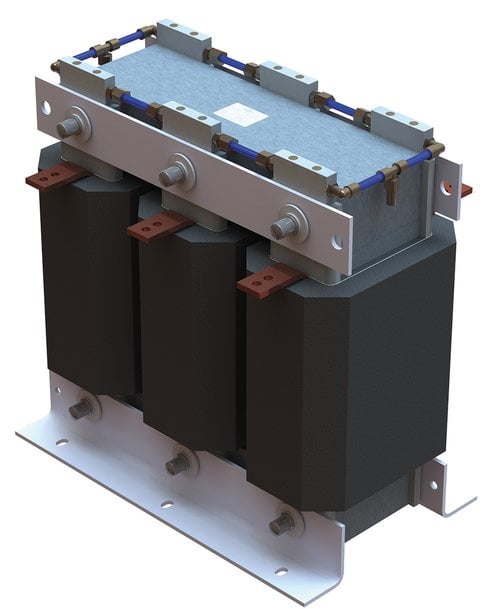www.industry-asia-pacific.com
12
'22
Written on Modified on
Keeping clean energy clean
Clean energy is on the radar, but it’s not enough to use green energy from renewable sources, it’s also vital that the power conversion is electrically efficient. Here, Steve Hughes, managing director of power quality specialist REO UK, explains how parts such as braking resistors and power filters can make clean energy truly clean.

The components driving better power conversion efficiencies in renewables.
Over the last two decades, renewable energy has moved from a nice-to-have but fringe and often commercially unfeasible source of power, to a necessity enshrined by national commitments across the world. While wind is still dominant, accounting for 24 per cent of total electricity generation in 2020 according to the Office for National Statistics, the likes of wave and tidal, and various forms of microgeneration are also growing in demand.

However, the increasing complexity of renewable technologies can be the source of many power quality problems – stemming from the power conversion process itself.
According to research published by the journal Energies, in variable speed wind turbines that use doubly-fed induction generators (DFIGs), “The power electronic converter, which supplies the rotor winding, accounts for 30 per cent of the total rated power. The stator winding of the DFIG is typically connected directly to the grid, and the rotor and the stator of the turbine generator can be inexpensive sources of transients.”
These transients can damage sensitive electronics, leading to reduced component life and unscheduled downtime. However, they’re not the only problem. Other power quality problems include overgeneration resulting in excess energy. This can arise in situations, for example, where a wind turbine is too slow to change the yaw and pitch of the nacelle and blades in response to changes in wind velocity or in the time it takes for the mechanical braking system to bring the blades to a stop. Like transients, this overgeneration can overload sensitive electronics and cause lasting damage.
So how do we clean up power quality problems in our clean energy systems? When designing wind applications, engineers must consider a variety of components that tackle power quality problems in everything from the yaw-drive and pitch-control system to the generator inverter and mains connection – and even the service crane or gondola that transports heavy loads to the nacelle.
These components include EMC filters designed to supress high-current interference, braking resistors designed to dissipate overgeneration as thermal or heat energy and other components such as line chokes and output chokes. REO has created a dedicated brochure for wind power generation components for onshore and offshore applications, which can be downloaded from the REO website.
While clean energy is on the radar, as a greater proportion of our energy now comes from renewable sources, it’s important that these technologies become more electrically efficient and more commercially viable, so that we can harness the most from them.
www.reo.com

